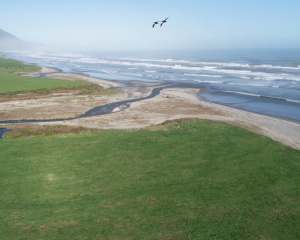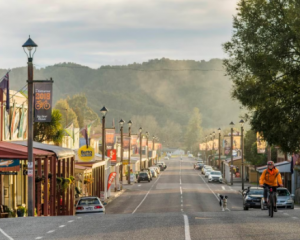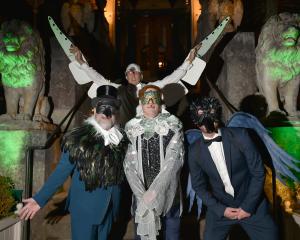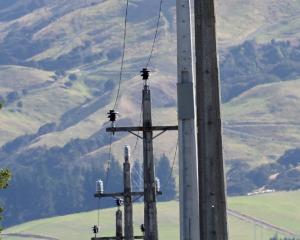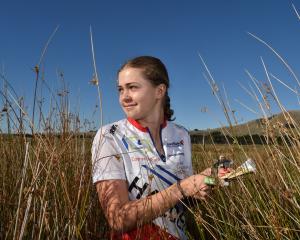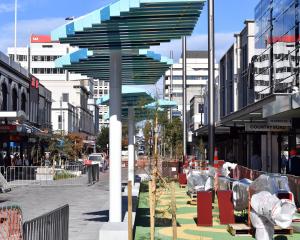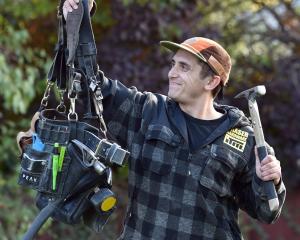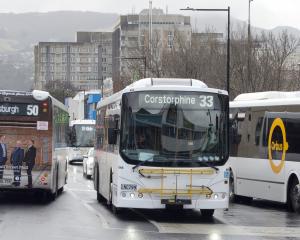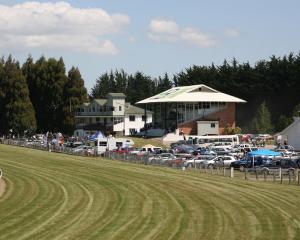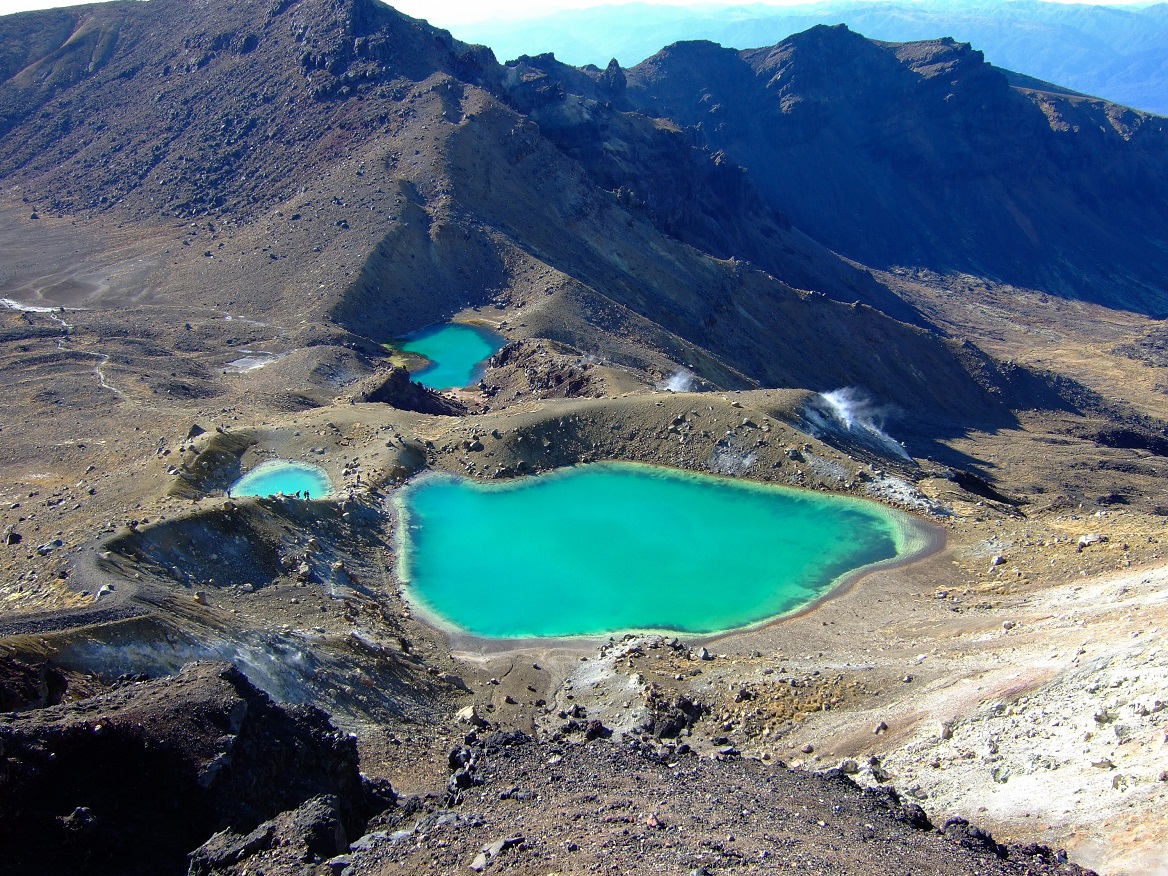
I have climbed the occasional mountain, but this time I decided on scaling Maunga Tongariro, so I did the Tongariro Alpine Crossing with a friend. If it wasn’t for my friend, I probably wouldn’t have made it as I realised part way through that a completely different type of fitness was needed. I was drawing on ‘‘mind over matter’’ as I reached the summit.
Some people asked me why a North Island mountain? Although to be clear, I have whakapapa to Te Ika-a-Māui, just saying. Some people asked, why not climb one of our local majestic maunga? A couple of reasons; because Tongariro has a whakapapa connection to my home and I felt a calling to take Tahu there, my husband who passed away over four years ago. Let me explain ...
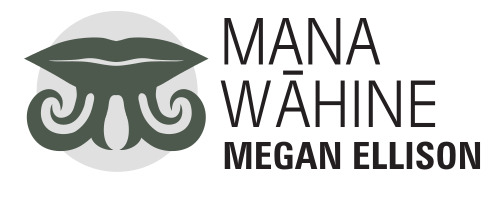
Tamatea was an incredible navigator and he ventured south in the Tākitimu canoe. The Tākitimu waka came down the East Coast and stopped along the way in the Lyttelton Harbour. It then moved further south to where Dunedin now resides and the waka ran down a massive wave named Maunga-atua, lost a man overboard, dropped its bailer near Gore and hit another wave in the Foveaux Strait, capsized and wrecked. It lies at the Tākitimu mountains in Southland.
Tamatea himself then lived a time in Southland and there are many features and landmarks named after the journey of the waka and his residence. On his eventual trip back from Southland he stopped off in the hills above Rāpaki. A southerly storm struck and his group’s fire sticks had gone out, so Tamatea recited the karakia and called on his gods at Ruapehu, Tongariro and Ngauruhoe to send him fire. They sent it to him, though some fell to the ground at Te Whakatakanga o te ngāheru o te ahi o Tamatea (now known by the very mundane name of Hamner Springs). The fire eventually arrived, and the evidence can be seen at Te Ahi a Tamatea (Rāpaki).
So with this whakapapa in mind, I made it a point to climb Tongariro. I took Tahu with me. We often took a small case of soil from Ōtākou and left it at various places all over the world. It not only kept us connected but it grounded us, always reminding us of where we came from. So I took my small kete of Ōtākou soil with me and it drove me to get to the top. At the peak I left it there and felt an overwhelming wave of sorrow and loss but I knew at that point that Tahu was with me. Looking out over the crystal blue thermal pools and the red Mars-like earth of Tongariro I felt him, and it is like I am a step closer to him at every juncture. The red earth at the top of the maunga also spoke to me and I felt the fire of Tamatea, the breadth of connection between iwi etched in the whenua.
It was cold at the top of the maunga and heading back down was incredibly hard on my thighs and knees! It was a physical feat for me and not something I will do often, but it did feel like an achievement.
Now, just one side note, to those for whom I have really special names: dirty toilet paper on the track is utterly disgusting and transgresses the tapu of Tongariro maunga and you had better watch out because utu is a thing! Maunga should be climbed with the utmost respect, I even looked at the many people climbing that maunga and part of me was very torn and wondered just how long Tongariro is going to put up with the imprint of thousands of foreign feet.
So I was blessed to have that honour. Kei Tongariro maunga, e kore e mutu aku mihi.
Te iwi Māori ties to maunga and land are deep and long, and Tamatea’s fire has guided us, lighting a path from the past to the future and it has not been extinguished, in fact, if anything, the flames are being fanned by our tamariki and mokopuna, kia kore e tinei.

